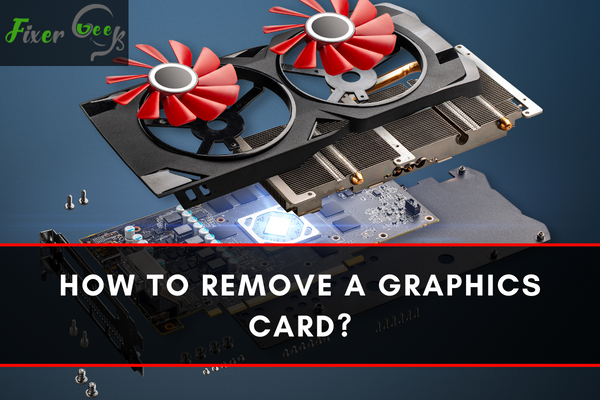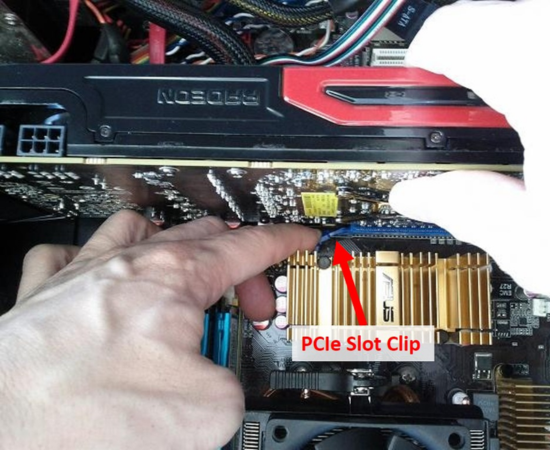Do you want to know how to remove a graphics card? Lets cut straight to the chase. If you want to learn how to remove a graphics card, you have come to the right place!
You may want to remove the graphics card to replace or upgrade it. Removing a graphics card is not difficult, but you need to take certain precautions to avoid damaging your computer or the graphics card.

You must take necessary precautions to avoid any damage to your computer either from any residual charge that could "fry" the components in your computer or damage caused by rough or improper handling of components.
You will need a screwdriver, an anti-static wrist strap, and a nice, clean, well-lit, even workspace to remove the graphics card from your computer. It helps if you have a basic knowledge of the components and parts so that you do not cause any inadvertent damage that will cost a lot to repair or replace.
Before we begin, you will need to prepare a few things first.
Preliminary Steps
- Before you start to remove the graphics card, we suggest you switch your computer on and remove the drivers and software for the graphics card. This is to prevent the computer from reporting errors after you remove the graphics card. You may need to check the documentation of your graphics card manufacturer to know how to uninstall the drivers and any associated software.
- Once you have removed the driver for the graphics card, switch your computer off and leave it off for a little while to dissipate any residual charge.
- Now, you need to remove all power cables and the monitor cable from the graphics card of your computer.
- Next, you need to open your computer cabinet. Please check with the manufacturer's manual to see what you need to do to open the cabinet to avoid damaging it.
- For the next step, we suggest you use an anti-static wrist strap (an electrostatic discharge [ESD] wrist strap). Static builds up in your computer. If you touch components in your computer, the electronics components may get damaged beyond repair. So make sure you wear an anti-static wrist wrap before you touch anything inside your computer.
- Now locate your graphics card. It is usually in a peripheral component interconnect express (PCI-e) slot in your computer. The PCI-e slot is close to the CPU in most computers.
Also, to ease the pressure of the card on the PCI-e slot, the graphics card may be attached to the cabinet with a screw. You can recognize your graphics card because it has connectors for your monitor. It may also have one or more fans.
Removing the Graphics Card
- Remove any power cables attached to the graphics card.

- You may need to gently tug on the expansion slot lever to loosen the graphics card. Then wiggle it slowly and gently ease it out of the PCI-e slot. Remember not to use force that could damage any other wires or components.

- Once the graphics card is out of the slot, make sure to store it in an electrostatic packet to avoid damage to the card from any residual electrostatic charge.
In case you want to install another graphics card or reinstall the same card, just follow the same steps with the same precautions. Just remember, installing a new graphics card or reinstalling the old one may require you to reinstall the necessary drivers.
Summary: Remove a Graphics Card
- Shut down your computer.
- Remove your computer case and locate the graphics card.
- Disconnect any external fans and power connectors.
- Unscrew the graphics card.
- Remove the graphics card.
- Replace the graphics card with a new one, or return all of the components to their original places if you are cleaning the current graphics card.
Conclusion
It is not rocket science to open your computer and remove a graphics card. Or for that matter to remove and reinstall your graphics card. However, you do need to take certain precautions to protect your computer. Following the steps above should help you prevent causing any damage to your computer.